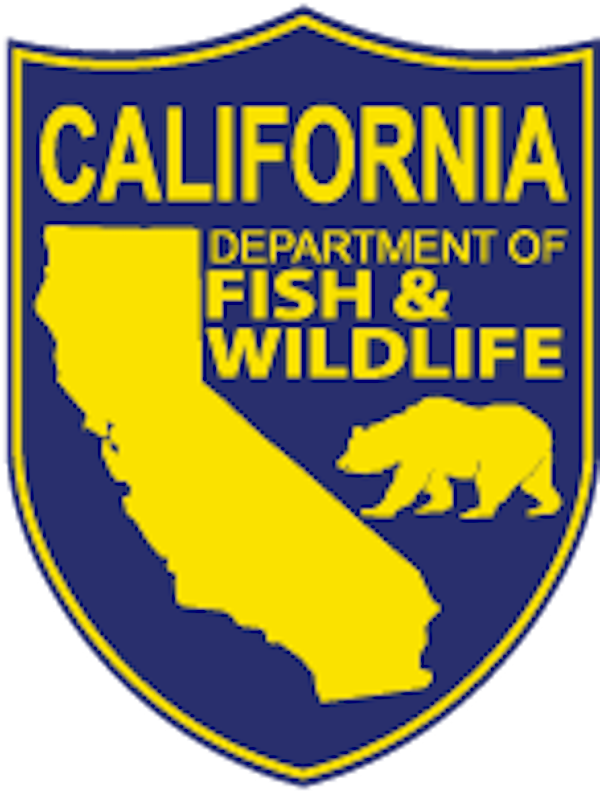Fish Report for 8-22-2019
Pronghorn Season Set to Open in Northeastern California

by California Department of Fish & Wildlife
8-22-2019
Website
Sagebrush flats, rolling hills, wide-open skies and crisp mornings characterize California’s general pronghorn antelope season, which opens Saturday, Aug. 24 in northeastern California.
While thousands apply for the opportunity each year, only a small group of Californians will get the chance to escape the late-summer heat gripping most of the state to hunt pronghorn the last week in August in the remote reaches of northeastern California.
Only 245 pronghorn tags are awarded through CDFW’s Big Game Drawing, and the season lasts just nine days, ending Sept. 1 in most of the six pronghorn hunt zones. Archery hunters got a jump on their rifle-toting counterparts with an early season that began Aug. 10 and ended Aug. 18.
While the odds of drawing a California pronghorn tag are long, the hunter success rate is high. Hunters reported taking 201 pronghorn in 2018. Hunter success across the six northeastern hunt zones and season dates in 2018 averaged about 86 percent for rifle hunters and about 48 percent for archery hunters.
The high success rates help explain why more than 18,000 hunters applied for a tag in 2018. Another 8,700-plus hunters applied for a preference point to improve their chances of drawing a pronghorn tag in future years. Only one pronghorn tag is awarded to a nonresident each year.
North America’s fastest land animal, pronghorn can reach speeds exceeding 50 miles per hour. Unlike deer and many other big-game animals, pronghorn prefer wide-open areas with little cover. They are usually found in flat to rolling open country, using their excellent eyesight and speed to maintain a safe distance from any perceived threats.
Once found throughout California’s Central Valley, pronghorn today are most numerous in northeastern California. Through their tags and application fees, hunters are funding important pronghorn research and management that includes a trapping and collaring program underway in Siskiyou County.
Successful hunters are asked to submit two front teeth from their pronghorn for age analysis. Successful tag reporting allows CDFW to better understand and manage pronghorn herds for continued population growth, expansion and hunting opportunity.
Over the decades, CDFW has made efforts to re-establish herds in suitable habitat across the state. Pronghorn today roam the Carrizo Plain grasslands in San Luis Obispo County as a result of the translocation of animals from Lassen County herds in the1980s.
CDFW biologists have seen recent evidence of pronghorn naturally expanding their range as well.
A small herd of pronghorn visits the Bodie Hills area of Mono County, spending much of the year in Nevada. Biologists believe some of these animals have origins back to Yellowstone National Park and translocation efforts decades ago by both Nevada and California wildlife agencies.
A herd that may have originated in Lassen County or perhaps Nevada may be colonizing parts of Sierra and Plumas counties. Research is currently in the planning stages to investigate these potential range expansions.
Media Contacts:
Kristin Denryter, CDFW Wildlife Branch, (916) 445-9992
Peter Tira, CDFW Communications, (916) 322-8908
< Previous Report Next Report >
< Previous Report Next Report >
More Reports

8-22-2019
Don’t miss the last chance to fish for free this year! Free Fishing Day in California is being offered by...... Read More
California Department of Fish & Wildlife Reports
for Thursday, August 15th, 2019
: Why Aren’t All Fish Plants Listed in the Fishing Guide?
: Why Plant Sterile Fish?
: Planting Kokanee and Coho?

Website Hosting and Design provided by TECK.net